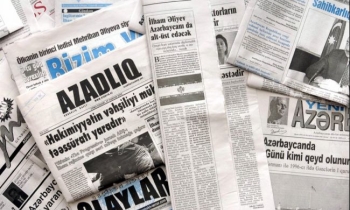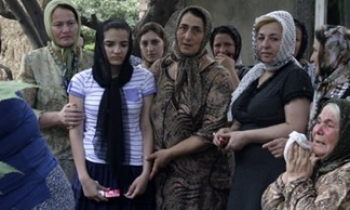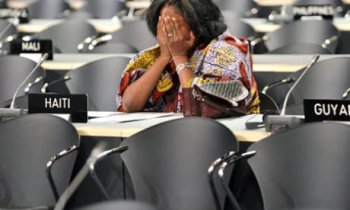Only two days after Nepal's monarch Gyanendra promulgated a draconian media ordinance Sunday banning news broadcasts on FM stations throughout the country, Nepal's FM stations continue to air news and are vowing to fight the "black ordinance" in the streets and the courts.
"We are continuing with our news broadcasts," said Ghamaraj Luintel, spokesperson of Nepal's Save Independent Radio Movement (SIRM). "All the FM stations in the country that have carried news broadcasts in the past, have continued to do so even after the imposition of the ban."
There are 56 FM stations registered in Nepal, out of which 48 are operating. Thirty-three of them run news broadcasts. FM radio is the most popular and effective source of information in the country and stations reach more than 75 percent of the nation's demography.
Apart from banning news broadcasts on FM stations, the ordinance imposes severe penalties on reports deemed favorable to the Maoist rebels or critical of the members of the royal family. It has also increased by 10-fold the fines on editors and publishers for defamation or publication of banned items and has barred Nepal's independent media from subscribing to international news from any other international news agency except from the state-owned Rastriya Samachar Samiti (RSS) without prior government approval.
"The ordinance has been promulgated during a public holiday, only days ahead of the Dashain festival, to prevent protests. It proves that the royalist government feared a backlash," Luintel added.
King Gyanendra banned news broadcasts on FM stations immediately after his coup in February. The FM stations resumed news broadcasts last month after Nepal's Supreme Court stayed the government's ban on news broadcasts. The case is still pending.
"The government has banned news broadcasts at a time when a court order on the issue is pending. Through this ordinance, the government has offended the court and has defied the rule of law," he added.
SIRM has decided to address their concerns to the Supreme Court after the Dashain holidays and organize street protests against the ordinance.
Meanwhile, Nepal's print journalists see the ordinance as an attempt to completely muzzle the press in the country.
"Democracy has been killed in Nepal. Now they want to kill media freedom," said Shekhar Kharel, assistant editor of Nepal's reputed vernacular weekly magazine, Nepal.
"After keeping it on hold following widespread protests in mid-May, the government has now slipped the ordinance through the back door," Kharel said.
The content of the ordinance draft was leaked to the media in mid-May after the king's cabinet approved it. The royalist government waited five months to issue the ordinance and brought it out at a time when the whole of Nepal is busy celebrating Dashain.
The Federation of Nepalese Journalists has also condemned the ordinance stating that by promulgating it on the eve of the Dashain holidays, the government has exposed its ill intentions. The federation has said that the ordinance has dealt a lethal blow to Nepal's free media and has announced street protests against it.
"The ordinance has made a mockery of the rule of law as it is against the rights guaranteed by the constitution," the federation said in a statement.
In a bid to force self-censorship in the media, the ordinance has upped the fine for defamation from Rs 10,000 to Rs 100,000. Similarly, the fine for translating and importing banned articles has been upped from Rs 50,000 to Rs 500,000.
The ordinance also says that no individual or organization can own a radio station, television broadcaster and newspaper, and requires that organizations already owning all three have to choose any two of them within a year.
Nepal's Ministry of Information and Communications has circulated a statement warning Nepal's independent media that action will be taken if they do not strictly adhere to the ordinance.









